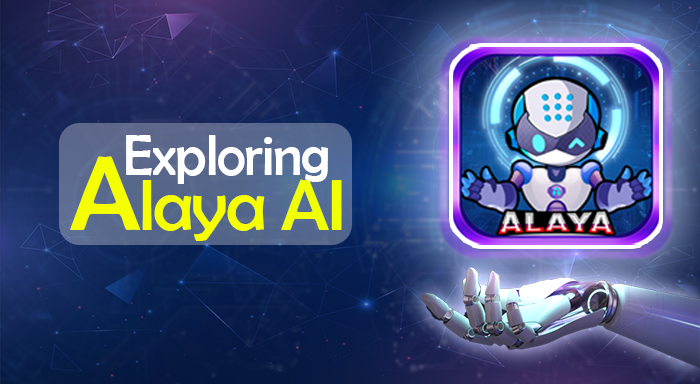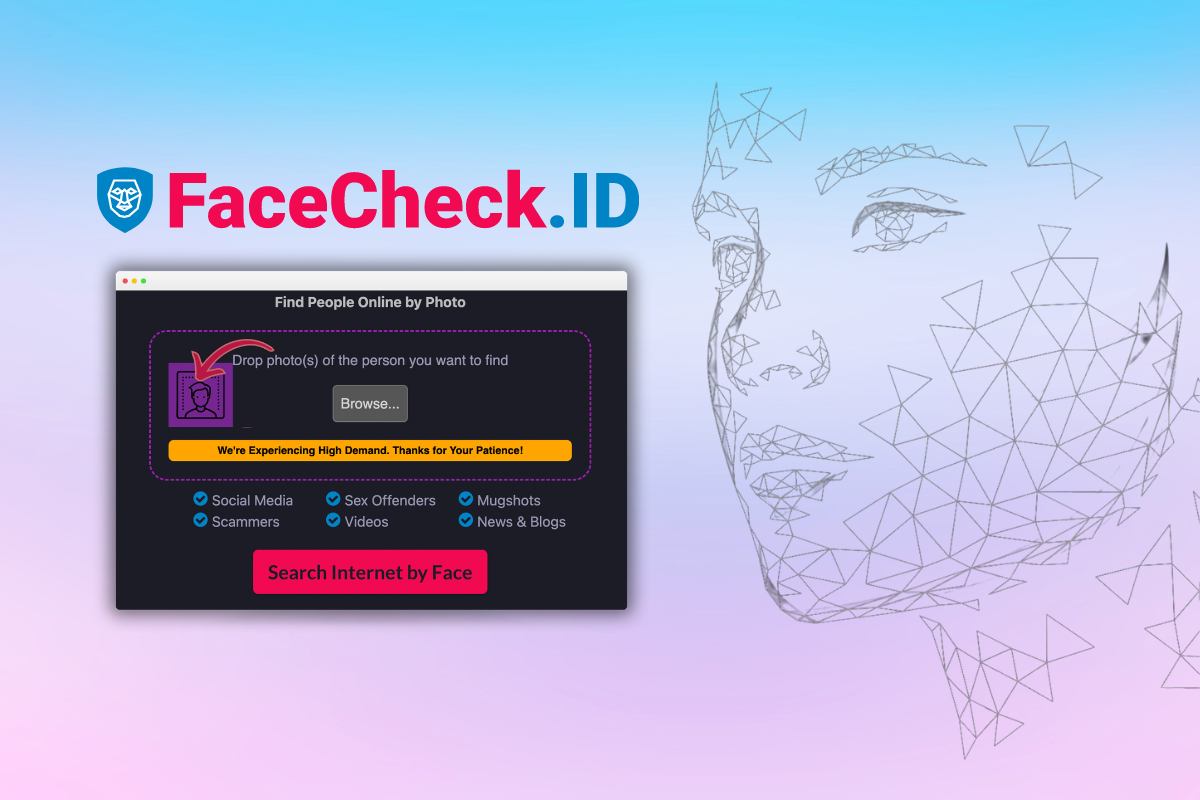In the swirling depths of the AI world, the area of sonic AI language technology is one of the most attracting attention. Through AI, this technology concerns in particular creating, apprehending and fiddling human-like voices. It has undergone substantial development in the most recent years.thanks to the development of sonic AI voice technology, virtual assistants and advanced voice synthesis techniques have branched out into entertainment and accessibility tools. This should be visible as a further move toward the improvement of language combination.In the last part of the 1990s and mid 2000s, a time of AI brought new development
Furthermore, as this article shows the set of experiences, applications and future advancements of sonic artificial intelligence voice innovation, it gives another illustration of how new innovations are changing customary enterprises.
The History of Sonic AI Voice Technology
The development of sonic AI voice technology began in the 1960s with primitive text-to-speech (TTS) systems. Although the early systems were simplistic and often voice robotic, they constituted a foundation that later improvements built upon.In the 1980s came the most important advance with concatenative synthesis: piecing pre-recorded human speech segments together to produce more natural-sounding speech. This should be visible as a further move toward the improvement of language combination.
In the last part of the 1990s and mid 2000s, a time of AI brought new development. These deep learning algorithms, particularly neural networks, enabled the rise of more sophisticated TTS. Now capitalists like Google, Amazon, and Microsoft invested in force behind the development of this technology-making it possible to develop virtual assistants such as Google Assistant, Alexa. And these systems could understand human speech with an accuracy and naturalness of response that was remarkable.
Applications for Sonic AI Voice Technology
Virtual Assistants
One of the most prominent applications of Sonic AI voice technology has been the virtual assistants. These AI-driven tools, found in smartphones, smart speakers, and other devices, have become indispensable to daily life. Virtual assistants can carry children’s reminders, answer questions regarding help with shopping lists and forecasts about the weather. There is a tangible advantage in being able to talk to these assistants in the language we use every day, making technology more accessible and user-friendly.
Accessibility Tools
Sonic AI voice technology has also wrought a profound shift in accessibility. AI-driven voice accompaniment breaks some of the barriers between visual impairment and intellectual disabilities. Screen readers, which convert text on a screen into spoken words, have been greatly assisted and improved thanks to AI. In addition, voice-controlled devices and applications allow greater independence for those who might otherwise struggle with traditional interfaces.
Entertainment and Media
In a variety of ways the entertainment industry has accepted Sonic AI voice technology. As soon as they begin working, the voices of audio book narrators, commentators for sports matches or video game dialogue suddenly become generated by AI. These can be customized to suit specific roles or contexts, giving an adaptability that may not always be found in traditional voice actors. Furthermore, AI voice technology is even used in music production to help artists experiment with different vocal styles and effects.
Customer Service
In customer service, voice systems that rely on AI are transforming the way companies do business with customers. Computer based intelligence controlled intelligent voice reaction (IVR) frameworks can manage a wide assortment of enquiries and errands without requiring any human mediation whatsoever. These frameworks can accept calls, convey data and even do exchanges, all while keeping up with elevated degrees of precision and speed.
Sonic AI Voice Technology Breakdown
Sonic AI voice technology begins with deep learning algorithm, especially neural networks. These networks are trained on huge amounts of voice data and learn how to identify the subtle nuances in human speech patterns.In Fact, the whole system is composed of several important parts:
Speech Recognition
With a spoken language, regardless of what language it originates in, speech recognition is done by changing the sound into text. This process requires very powerful algorithms that can capitalize on accent, dialect and speaking style. Besides, modern speech recognition systems, like virtual assistants, are pretty accurate & able to understand context. This means they can interpret user commands more effectively.
Text-to-Speech (TTS)
TTS technology converts written text into spoken words. Advancements in TTS systems have spawned voices that sound incredibly natural and human-like. Techniques such as neural TTS use deep learning models to generate speech that closely emulates the melodies, prosody and intonations of human speaking. In this way the listener gets a much more realistic and stimulating experience.
Voice Cloning
Voice cloning is an emerging application of sonic AI voice technology. Although voice cloning technology gives voice to someone, in another sense it also opens up entirely new opportunities for fraud. This technology has great potential in fields such as entertainment, customer service and personal virtual assistants.It additionally raises moral issues, since it very well may be utilized to mimic individuals or commit misrepresentation.
Ethical Considerations and Challenges
All the resources to be poured into the sonic AI voice technology are indeed great, yet there also exist ethical considerations and issues with it. The abuse of this technology by perpetrators is one major concern–creating fake audio to deceive listening audiences Ethical voice generation is key to preventing vicious behavior.
Privacy is another topic of concern. Voice data is especially sensitive, and protection for users’ privacy needs to be strict. Companies must establish sound data protection procedures. They should also be reaping benefits from the voice data itself, not just collecting it and storing it for future use.
There are also worries that AI may affect employment. As AI-powered voice systems become more and more capable, jobs will be lost in areas such as customer service and voice talent. It’s important to consider societal and economic effects early on, working out solutions that would help the most vulnerable to bear the least negative impact from these major changes.
Future of Sonic AI Voice Technology
The potential of sonic AI voice technology for the future is in no way less than promising. New breakthroughs in deep learning and neural networks will produce a much more natural-sounding, adaptable vocal output Researchers are looking at ways to make the emotional tone of AI-generated speech more lively and varied, encouraging greater involvement in dialogue.
Integration with other new technologies, such as Virtual Reality (VR) and Augmented Reality (AR), can add further capabilities to sonic AI voice. Imagine fully immersive VR experiences of the future: where AI-generated characters interact with users in real time to create dynamic, personalized stories.
AI voice technology in the healthcare sector could play a big part in telemedicine. It would do remote inquiries and support. Also, AI-based language translation systems could help communication to bridge the gaps so that all languages and cultures might learn from one another more effectively.
Conclusion
The sonic AI voice technique is making it easier to use machines, technologies more intuitive and more people to. Application areas across the board are from virtual assistants, to entertainment and from there onwards. A new wave of innovations always comes with attendant ethical issues, however. We need to grapple head-on with these valuable questions if technologies like sonic AI voice are to be productively exploited. Analysis
As we glance into the age of the sonic AI voice, plant vitality is huge and may give shape to a new world as yet beyond our imagination.









